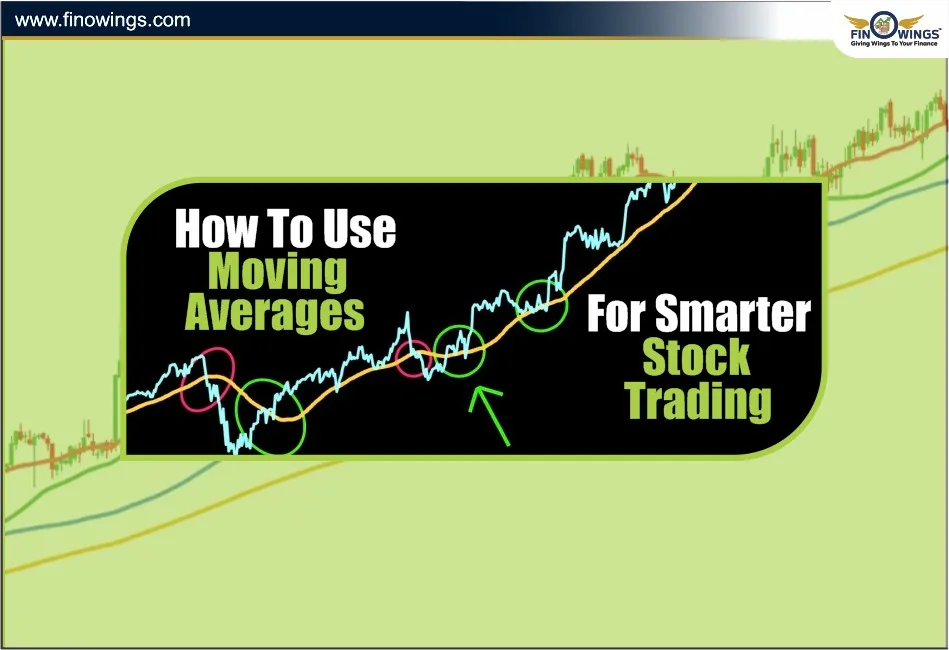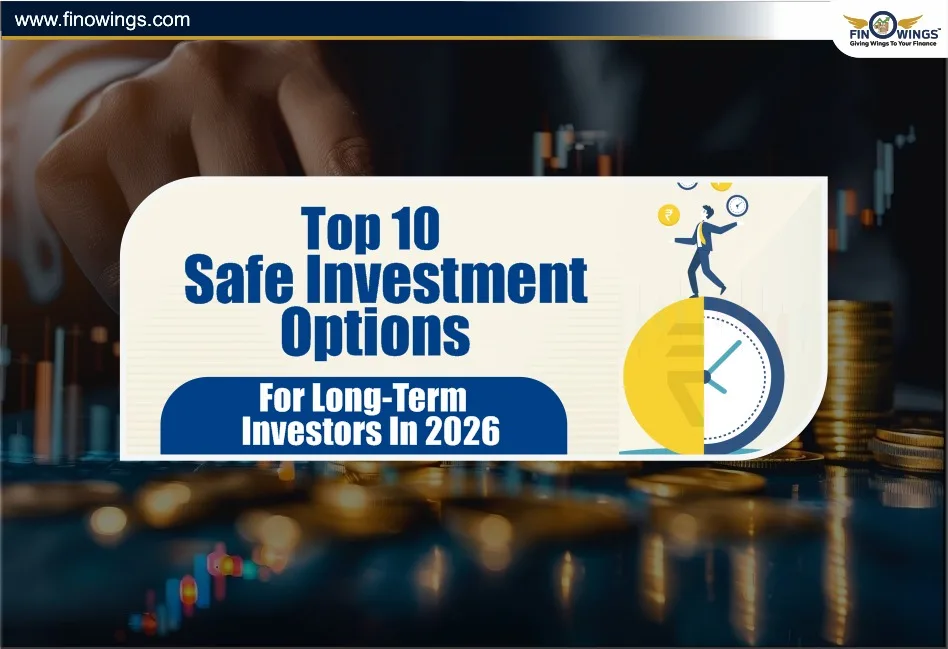Home >> Blog >> Investment and Growth Opportunities in Semiconductor Industry
Investment and Growth Opportunities in Semiconductor Industry
Table of Contents
- Why the Semiconductor Industry is Booming
- Key Semiconductor Market Trends Driving Growth
- Why Investors Are Bullish On Semiconductor Stocks
- Growth Opportunities in the Indian Semiconductor Sector
- Semiconductor Companies in India
- Methods of Investing in the Semiconductor Industry
- Risks Investors Should Know
- Conclusion
Semiconductors are in almost every device we interact with daily. From running simple smartphones and electric vehicles to powering advanced technology like artificial intelligence and 5G, the products that utilise semiconductors are endless. The reliance on microchips and semiconductors continues to grow along with the interest of potential investors.
In India, with government support within the Semicon India Program and the growing demand for domestic chip production, interest in semiconductor stocks India has seen exponential growth.
In this blog, we’ll examine the semiconductor market trends, growth opportunities, the best ways to invest, and a list of promising semiconductor companies for long-term investors.
Why the Semiconductor Industry is Booming
The global semiconductor industry will cross Rs. 551.7 billion in 2023 to Rs. 1 trillion by 2030. This is due to the increasing demand for Electric Vehicles, Mobile Devices, AI Accelerators, Aerospace and Defence and Renewable Energy Automation.
Let us not forget India's semiconductor market, which is expected to reach Rs. 110 billion by 2030. With the rapid growth of the electronics market in the country and the production of electronics, India is dominating the global market as a consumer of semiconductors because of he growth in the sector and the rise of interest in investing in semiconductors as well as the need to obtain the best semiconductor stocks to buy.
Key Semiconductor Market Trends Driving Growth
To know the future opportunities in the market, the investor needs to understand the semiconductor market trends. Below are the top trends in the market.
1. AI and Machine Learning Chips
Robotics, intelligent automation, GPT, and AI tools all require faster, more potent CPUs. Significant gains also go to businesses that manufacture GPUs, NPUs and other accelerators.
2. Electrically Powered Vehicles (EVs)
3. Internet of Things (IoT)
Smart factories, smart cities, and smart homes rely on microcontrollers and sensors.
4. 5G and Telecom Infrastructure
New RF chips, baseband processors, and network hardware need to be created for each 5G rollout, which will further increase the demand for semiconductors.
5. Government Incentives
India’s ₹76,000 crore Semiconductor Mission aims to attract the creation of (chip) fabrication (fabs), design houses, ATMP units, and the world's top electronics players.
Integrated, these trends will absolutely create huge opportunities for growth in semiconductors over the coming decades.
Why Investors Are Bullish On Semiconductor Stocks
Investors shift towards the semiconductor sector primarily because the sector holds:-
-
Imminent and long-term demand.
-
Universal necessity– not simply an option.
-
Great margins– especially true for design-rich players.
-
Decreased capital costs owing to government incentives.
-
Very limited competition– highly protects the incumbents.
-
Thus, semiconductor stocks will ultimately be a great candidate for long-term value creation.
Growth Opportunities in the Indian Semiconductor Sector
India is in the process of creating an all-inclusive and self-reliant semiconductor supply chain. The key segments include:
Chip Design
India is already responsible for the design of 20-25%of global chips, and a number of major players such as Intel, Qualcomm, AMD, Nvidia, and Texas Instruments have set up large design centres in the country.
Chip Manufacturing and Foundries
To reduce their reliance on Taiwan and China, a number of global players are looking to establish manufacturing units in India.
-
ATMP (Assembly, Testing, Marking & Packaging)
-
The cost benefits have turned India into a centre for chip assembly and testing.
-
Equipment & Raw Materials
-
Businesses that supply chemicals, wafers, and specialty gases are the focus of investors.
-
Semiconductor-based electronics manufacturing.
-
The manufacturing of laptops and mobile phones, solar inverters, electric car components, and telecom equipment all contribute to the enormous need for chips.
Semiconductor Companies in India
India may be one of the few countries in the world without sizable global chip (semiconductor) production plants. However, several publicly listed companies in the country participate in various portions of the semiconductor ecosystem (not recommendations, purely examples of certain industry-related equities).
Direct/Design-Focused Players
Tata Elxsi– Automotive embedded systems and semiconductor design.
Sasken Technologies– Chip design, embedded solutions.
Moschip Technologies– Semiconductor design & IoT chips.
ATMP & Packaging
Dixon Technologies– Increasing participation in electronics hardware manufacturing.
SPEL Semiconductor– Chip assembly and testing specialisation.
Semiconductor Equipment, Materials & Other Contributing Companies
ASM Technologies– Engineering & semiconductor automation.
HCLTech / Infosys / Wipro– Global offshore chip design.
Tata Motors / M&M / Bosch– Indirect EV semiconductor.
All of the companies listed above are beneficiaries of the growth of the semiconductor industry.
Methods of Investing in the Semiconductor Industry
There are mainly three methods of investing in the semiconductor industry:
1. Direct Equity Investment
Invest in stocks of companies participating in the semiconductor industry, either in the Indian market or international markets.
2. Global Semiconductor ETFs
Some are:
- iShares Semiconductor ETF.
- VanEck Semiconductor ETF.
These ETFs include leaders in the semiconductor industry such as Nvidia, TSMC etc.
Risks Investors Should Know
Just like most industries, semiconductors have some risks to consider.
- Demand cycle modifications (both positive and negative).
- Major capital expenditures needed.
- Global competition and supply chain risks.
- Geopolitical tensions (China).
- Limited competing technology.
These risks are highlighted to give some context on how semiconductors should be approached when investing.
Conclusion
Among other industries, the semiconductor industry is poised to be the most booming industry for the years to come, behind the Government’s Semicon Mission, support of AI, EVs, automation, and digitisation. Due to the high clinical support and increased domestic support, investors should be on the lookout for semiconductor investments, as there is high growth potential. There are numerous investing methods such as ETFs, direct equities, and global technology funds.
Investors looking for stable and long-term growth should consider cutting down on their diversification and high-risk risk, as well as exploring the opportunities present in the semiconductor industry.
DISCLAIMER: This blog is NOT any buy or sell recommendation. No investment or trading advice is given. The content is purely for educational and information purposes only. Always consult your eligible financial advisor for investment-related decisions.



















